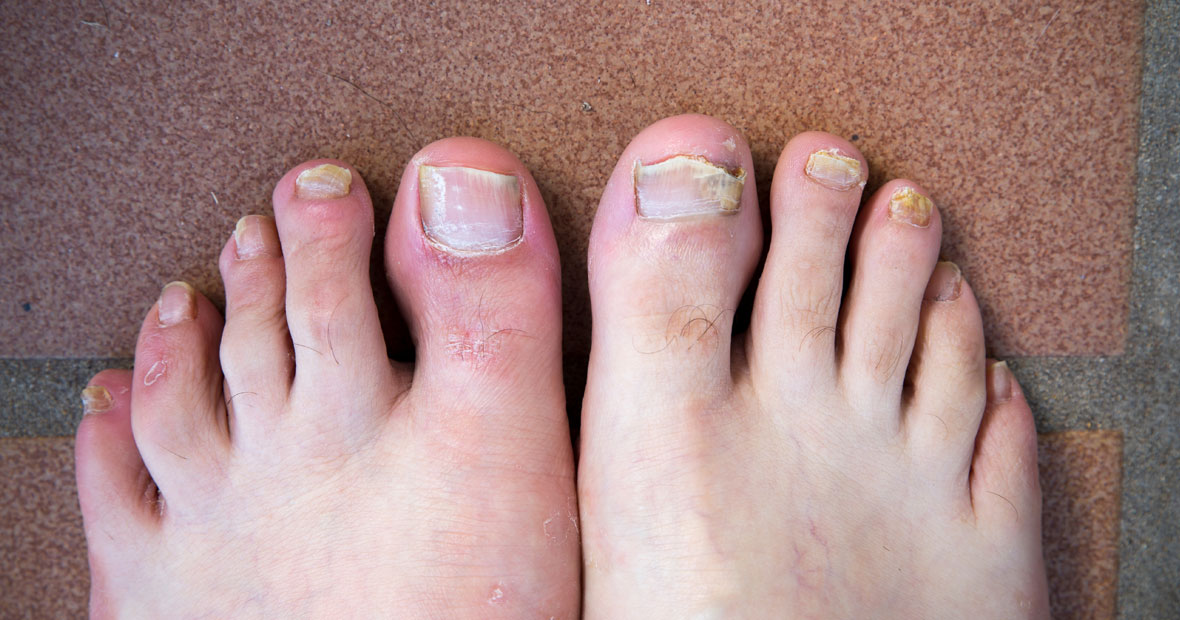
Fungal nail infections, recurring in nature, pose an ongoing challenge to many, yet finding long-term solutions needn't be as daunting as it sounds. This comprehensive guide delves into the heart of the matter, offering insights into diverse treatment options ranging from topical and oral medications to combination therapy. Additionally, the importance of home care strategies and lifestyle adjustments in complementing clinical treatments and preventing recurrence will be highlighted. Embark on this enlightening journey towards better understanding and ultimately, overcoming persistent fungal nail infections.
Choosing the right treatment: comparing topical vs. oral medications
When dealing with recurring fungal nail infections, understanding the different treatment options is essential. Both topical and oral medications offer potential solutions, each with its own unique set of benefits and potential side effects.
Exploring topical antifungal treatments : benefits and limitations
Topical treatments, such as antifungal creams, gels, and nail lacquers, are applied directly onto the infected nail. These medications penetrate the nail to reach the underlying fungus, effectively treating onychomycosis. A common topical antifungal drug is terbinafine, which has shown efficacy in treating nail fungus. However, the effectiveness of these treatments can be limited by factors such as the severity and duration of the infection.
Oral medication for fungal nail infections : efficacy and side effects
Oral medications, on the other hand, are ingested and work systemically to treat the infection. Itraconazole is an oral antifungal drug often prescribed for nail fungus. While oral medications can be more effective in severe cases, they may come with potential side effects, including liver damage and skin rash. Furthermore, these medications can interact with other drugs, necessitating careful consideration and consultation with a healthcare provider.
Combination therapy : enhancing effectiveness in treating onychomycosis
Combination therapy, involving a mix of topical and oral treatments, may offer the best solution in some cases. This approach can enhance the effectiveness of treatment while mitigating potential side effects. However, the relative cost of each treatment, the specific conditions for which each is recommended, and the long-term implications of using each type of treatment should all be considered when choosing the best therapy for a Fungal infection.
Home care strategies to support clinical treatments
Recurring fungal nail infections pose a challenge to long-term health, often requiring a combination of clinical treatments and home care strategies. Maintaining optimal daily foot hygiene forms a proactive approach against reinfections. Regular washing and drying of feet, along with the choice of breathable footwear and socks, can help reduce skin moisture—an environment where fungi thrive.
Another aspect to consider is the meticulous care of nails. Optimal nail cutting techniques and care routines can prevent trauma that might otherwise provide an entry point for infections. Appropriately manicured nails are not only aesthetically pleasing but also contribute to overall foot health. Essential oils and natural remedies have shown potential as adjuncts to medical treatments, offering additional support in managing these stubborn conditions.
Equally significant is the role of a balanced diet in fortifying the immune system against fungal infections. A strong immune system can better combat infections, making it an essential part of the treatment plan. Lastly, the use of disinfectant products on shoes and surfaces can limit the spread of infectious agents, thereby providing a more comprehensive approach to managing and preventing fungal nail infections.
Preventing recurrence: long-term care and lifestyle adjustments
One of the most common challenges faced by patients dealing with fungal nail infections is the high risk of recurrence. Daily hygiene and foot care routines play a significant role in reducing this risk. A balanced diet and effective moisture management are essential for maintaining healthy nails. Wearing breathable shoes and socks is another effective measure in preventing fungal infections.
Choosing the right antifungal nail care products and using them correctly is equally vital. Regular consultation with a specialist is recommended for long-term monitoring and prevention. Practical lifestyle adjustments are necessary after an infection has been treated. For instance, reviewing one's existing habits and adopting new ones can greatly reduce the chances of a recurrent infection.
An interesting study on Google Scholar reviewed the experiences of patients over several months. The article highlighted the importance of doctor's advice and the need for long-term care. In the weeks following treatment, patients who adhered to these guidelines reported a significant decrease in recurrence rates.